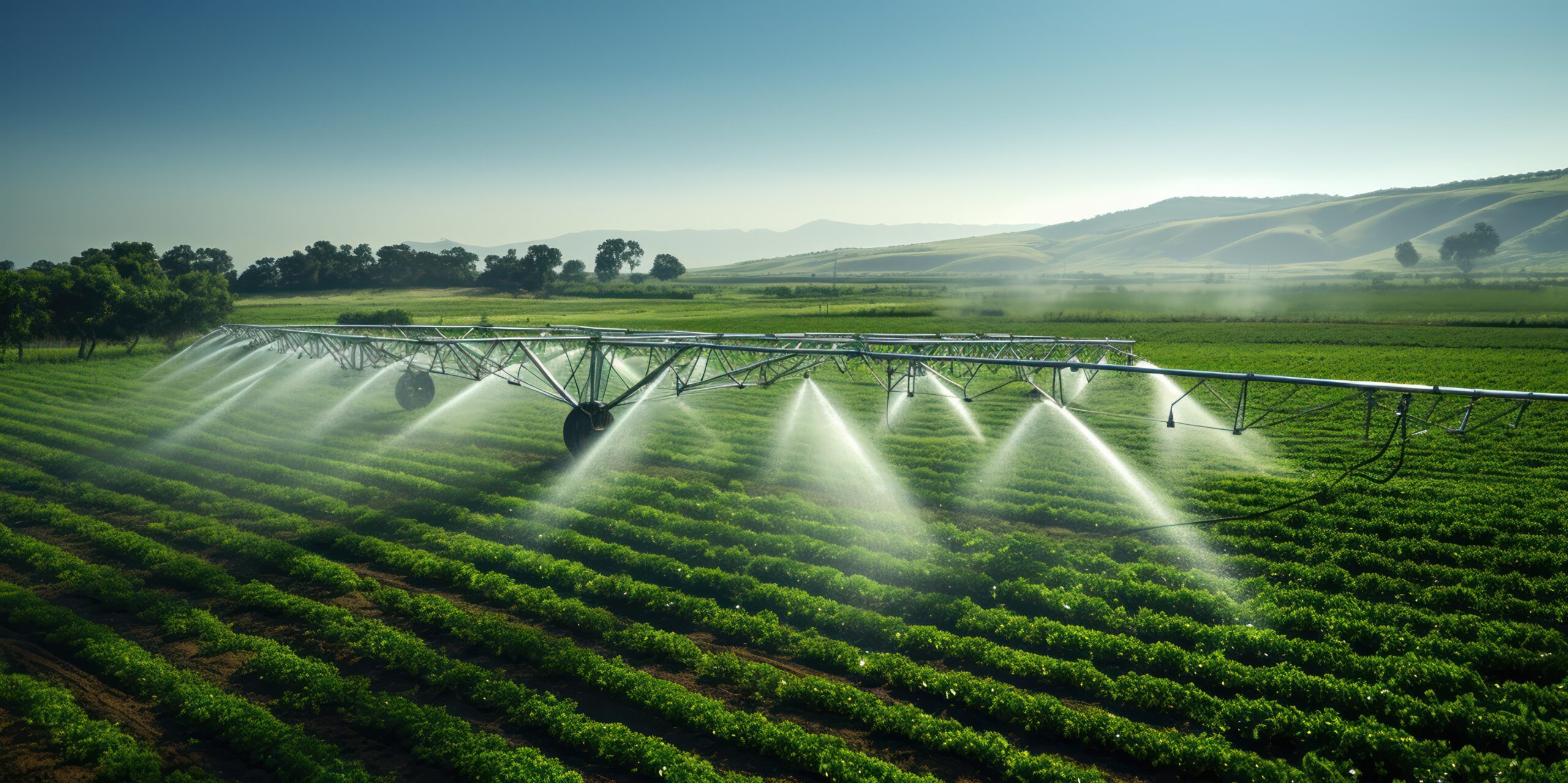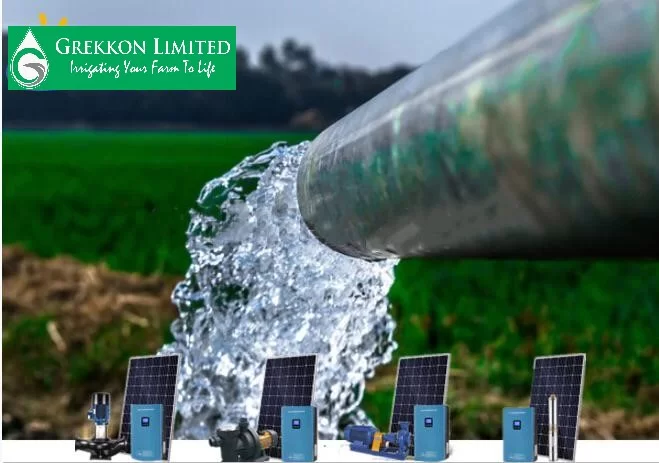By James, Africa Contemporary Farmers Consultant
Over the past decade, the Sub-Saharan region has borne the brunt of climate change, evidenced by erratic rainfall patterns, frequent droughts, and the steady encroachment of deserts into once-productive lands. These environmental challenges have placed significant pressure on farmers and the broader agricultural sector, which remains the backbone of the region’s economy and food security. The time has come for farmers and stakeholders to embrace sustainable and innovative solutions to ensure the resilience of agriculture in the face of climate change.
“Building resilience through sustainable technologies and practices is essential for securing Africa’s agricultural future amidst climate change.”
Shifting Rainfall Patterns and Desertification
Sub-Saharan Africa has seen a dramatic alteration in its climatic rhythm. Rainfall, which once followed predictable seasonal patterns, has become erratic, with some regions experiencing prolonged droughts while others endure intense but short-lived storms. These extremes disrupt traditional farming cycles, reduce soil fertility, and increase the risk of crop failures. Moreover, the advancing edges of deserts, such as the Sahara, continue to encroach upon arable land, exacerbating the challenges faced by farmers in the region.
The consequences of these changes extend beyond the agricultural sector. Communities that rely on farming as their primary livelihood face food insecurity, economic instability, and displacement. As these issues ripple through society, the need for proactive and sustainable solutions becomes urgent.
The Role of Sustainable Water Management
The role of sustainable water management in addressing the challenges posed by climate change cannot be overstated. Sub-Saharan Africa, with its increasingly erratic rainfall patterns, frequent droughts, and desert encroachment, demands innovative approaches to agricultural water use. Sustainable water management practices, such as rainwater harvesting, drip irrigation, and small-scale reservoirs, have proven to be game-changers in several regions. In Kenya’s Machakos County, for instance, farmers who once relied solely on unpredictable rains have turned to rainwater harvesting systems that store water for dry periods. This simple yet effective technique has significantly improved their resilience, enabling them to sustain crop production even during prolonged droughts. Similarly, in Ethiopia, the construction of small reservoirs in rural areas has created a lifeline for communities, allowing them to irrigate fields and support livestock during dry seasons, ultimately boosting food security.
Drip irrigation, another critical component of sustainable water management, has seen success in arid regions such as Morocco and parts of Zimbabwe. By delivering water directly to the roots of plants in measured amounts, drip irrigation minimizes water wastage and increases crop yields. In Zimbabwe’s Mutoko District, farmers using solar-powered drip irrigation systems have achieved year-round vegetable farming, improving both food availability and household incomes. Such systems also encourage a transition from subsistence farming to more commercialized operations, as consistent production meets market demands. Moreover, these water management strategies contribute to long-term environmental sustainability by reducing pressure on dwindling water resources and mitigating the effects of climate change. As more farmers across Africa adopt these practices, they lay the groundwork for a more resilient agricultural sector that can withstand the region’s changing climate realities.
Green Energy Solutions: A Game-Changer for African Agriculture
Load shedding and power cuts have become a frequent occurrence in many African nations, including Zimbabwe, South Africa, and Nigeria. These power challenges hinder the operation of irrigation systems and other essential agricultural tools. However, green energy solutions provide a viable way forward. In a recent lecture by James, a consultant from Africa Contemporary Farmers, the potential of harnessing renewable energy sources for agricultural operations was highlighted.
Solar-powered irrigation systems, for example, have emerged as a transformative technology. By utilizing abundant sunlight, these systems enable farmers to irrigate their crops reliably, regardless of grid power availability. Similarly, wind energy and bioenergy offer additional sustainable energy alternatives that can be customized to suit the needs of small-scale and large-scale farmers alike.
From Subsistence to Year-Round Production
The shift from subsistence farming to year-round production represents a paradigm change for agriculture in Sub-Saharan Africa. Sustainable irrigation systems, such as drip and pivot irrigation, combined with renewable energy solutions like solar-powered water pumps, enable farmers to cultivate crops consistently, regardless of erratic rainfall patterns. For instance, in Kenya’s Kitui County, smallholder farmers adopted solar-powered irrigation to grow vegetables during prolonged droughts. As a result, these farmers not only fed their families but also supplied surplus produce to local markets, increasing their household income significantly. This approach allows farmers to overcome the traditional reliance on seasonal rains and instead focus on maximizing productivity throughout the year, ensuring a stable food supply even during dry periods.
Beyond improving yields, this transformation has the potential to connect farmers to broader value chains, enabling access to both regional and international markets. In Zambia, for example, farmers who transitioned to year-round production with the help of modern irrigation systems became consistent suppliers of high-value crops such as sugarcane and vegetables to processing companies and export markets. This shift does not only boost their incomes but also stimulates the local economy by creating jobs in food processing, transportation, and distribution. By moving away from subsistence farming and embracing sustainable technologies, farmers are becoming critical players in solving food insecurity while contributing to the economic development of their communities.


Building Resilience for the Future
Building resilience in agriculture is vital for safeguarding Africa’s future amidst the growing impacts of climate change. The continent’s farmers, governments, and stakeholders must embrace adaptive measures and resilience mechanisms to counter the challenges of erratic rainfall patterns, prolonged droughts, and desertification. For instance, in Ethiopia’s Tigray region, farmers have combated soil degradation and water scarcity by constructing stone bunds and terraces to capture rainwater and prevent soil erosion. These interventions have significantly improved crop yields and rejuvenated degraded lands, demonstrating the power of sustainable practices. Similarly, Rwanda’s Land Husbandry, Water Harvesting, and Hillside Irrigation Project has empowered farmers to adopt water-efficient irrigation systems, resulting in a 30% increase in agricultural productivity in targeted areas. Such examples highlight the transformative impact of investments in sustainable technologies and capacity building, which empower farmers to adapt and thrive despite climate uncertainties.
The adoption of renewable energy systems, innovative irrigation techniques, and sustainable farming practices is fundamental to building agricultural resilience across the continent. In Senegal, solar-powered irrigation pumps have enabled smallholder farmers to irrigate their fields efficiently, reducing dependency on erratic rainfall and increasing vegetable production for local markets. Meanwhile, conservation agriculture practices in Zambia—such as minimal soil disturbance, crop rotation, and organic mulching—have enhanced soil fertility and water retention, allowing farmers to sustain yields even during droughts. These interventions not only address the immediate challenges of climate change but also foster long-term sustainability by protecting natural resources and ensuring steady food production. As Africa moves toward a future of heightened climate variability, such examples serve as a testament to the region’s potential to overcome adversity through innovation and collaboration.
Conclusion
Climate change has presented Sub-Saharan Africa with unprecedented challenges, but it has also provided an opportunity to innovate and transform the agricultural sector. By embracing modern water management and green energy systems, farmers can adapt to the new climate realities and build a resilient agricultural future. The journey from vulnerability to sustainability begins with recognizing the need for change and taking decisive action to implement solutions that work in harmony with the environment. The time to act is now.
As a Newbie, I am always exploring online for articles that can benefit me. Thank you